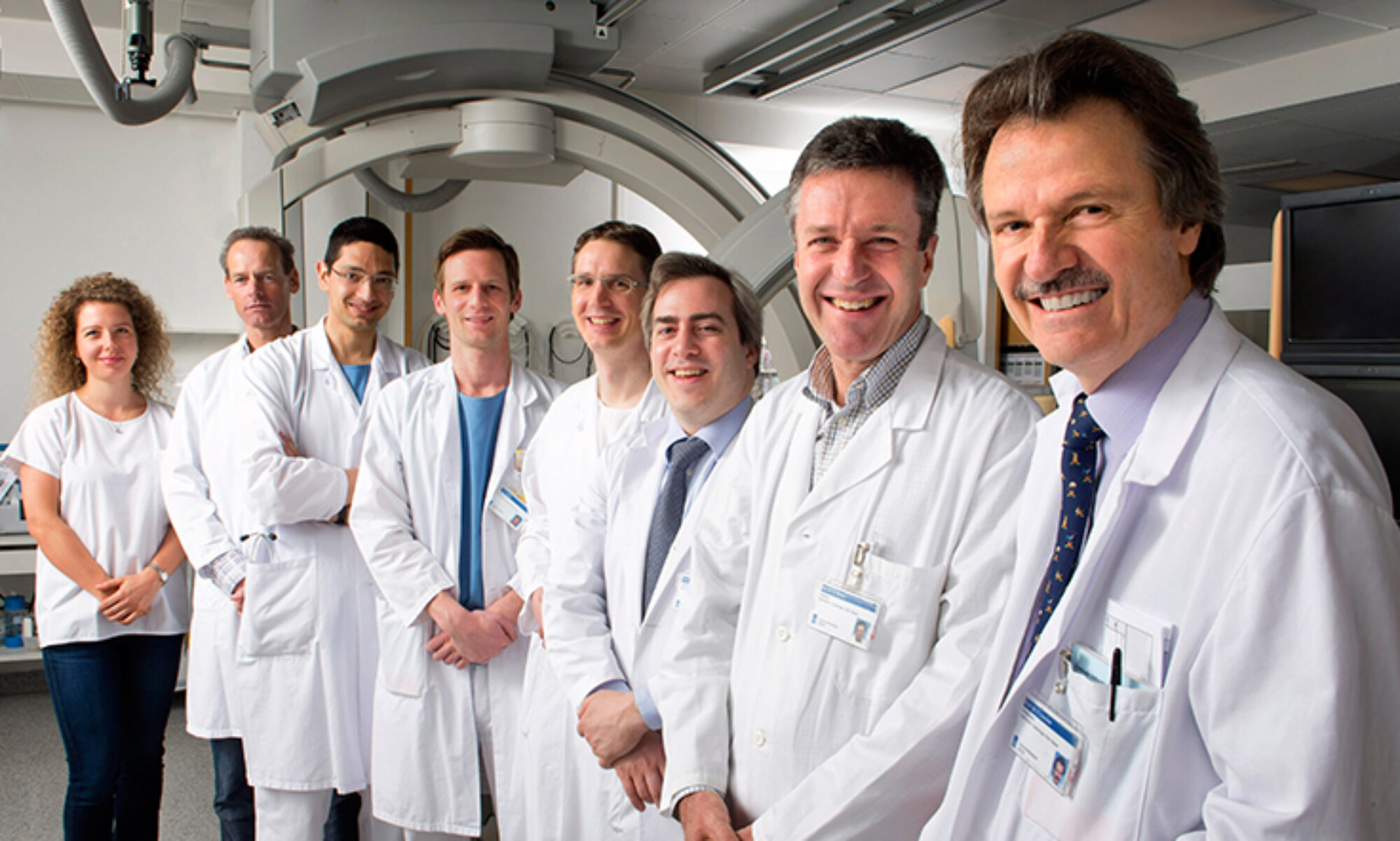Inflammation and acute coronary syndromes (ACS)
Novel strategies for prevention and clinical management
Acute coronary syndromes (ACS) are the most frequent causes leading to myocardial infarction, heart failure, and death. The underlying problem is plaque rupture or erosion, with partial or complete occlusion of a major epicardial coronary artery. Activation of inflammatory pathways may trigger such events. Although progress has been made in prevention and treatment of ACS, its complication rate remains high. This is due to the fact that prevention is not well implemented, triggers of the disease are incompletely understood, and diagnosis is only made once myocardial necrosis has occurred. Indeed, inflammatory mechanisms are not yet incorporated into clinical management. Thus, to further improve outcome, multidimensional interventions and patient education should be improved, novel and early diagnostic markers be evaluated, and anti-inflammatory strategies developed.
